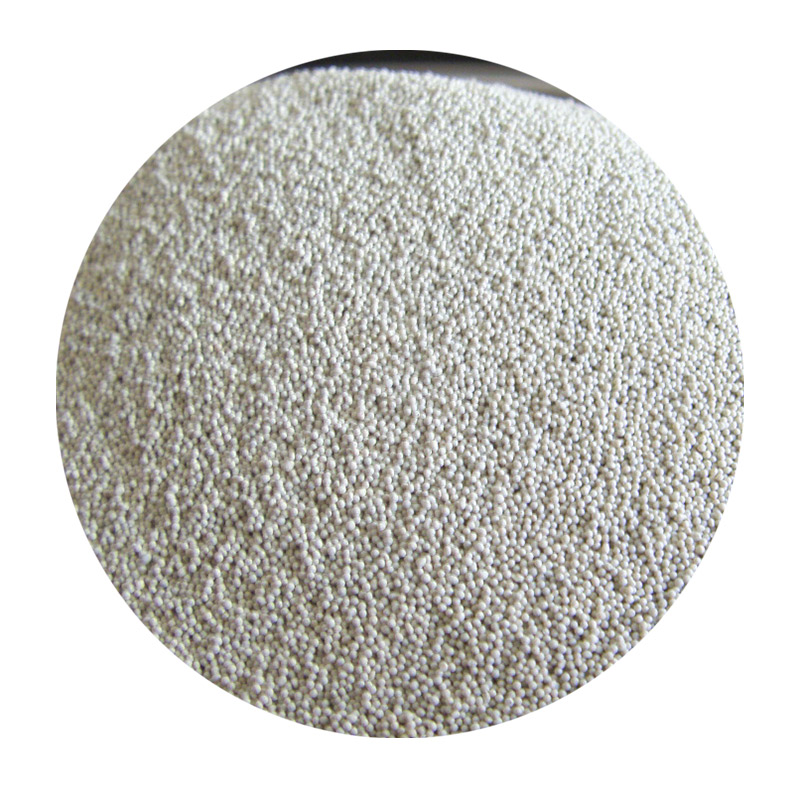The Craft of Sand Casting An In-Depth Look at Sand Casting Factories
Sand casting is a foundational manufacturing process that has been used for centuries. This technique involves creating metal parts by pouring molten metal into a sand mold. Sand casting factories are specialized facilities that bring this age-old process into the modern manufacturing era, combining traditional craftsmanship with cutting-edge technology. In this article, we will explore the intricacies of sand casting, the operations of a sand casting factory, and its significance in today’s industry.
Understanding Sand Casting
At its core, sand casting involves several key steps creating a pattern, preparing the mold, pouring molten metal, and finishing the product. The pattern, often made of metal or wood, is a replica of the final piece and is used to create the mold cavity in the sand. The sand mixture, typically composed of silica sand, clay, and water, is molded around the pattern. Once the mold is prepared and the pattern removed, the mold is ready to receive molten metal.
After the metal is poured into the mold and has allowed sufficient time to cool and solidify, the sand mold is broken away to reveal the cast part. This process allows for complex shapes and designs, making sand casting one of the most versatile casting methods available.
Components of a Sand Casting Factory
A sand casting factory is equipped with several critical components that streamline the casting process and enhance productivity. Key areas typically found in a sand casting factory include
1. Pattern Shop This area is dedicated to making the patterns used in the casting process. Skilled craftsmen or modern CNC machines create precise patterns based on the specifications provided by design engineers.
2. Molding Area Here, workers mix sand with additives to achieve the desired properties before shaping it around the patterns. This area often features advanced molding machines that automate much of the process, improving efficiency and consistency.
3. Melting Department This section includes furnaces that are used to melt various types of metals, such as aluminum, iron, or bronze. The choice of metal depends on the properties required for the final product.
sand casting factory

4. Casting Area Once the metal reaches its molten state, it is transported to the casting area where it is poured into the molds. This critical step requires precision and safety measures to handle the high temperatures involved.
5. Finishing Department After the metal has cooled and solidified, the castings are removed from molds and undergo various finishing processes. These may include trimming excess material, sandblasting, grinding, and inspection for quality control.
6. Quality Assurance A dedicated quality assurance area ensures that the finished products meet the required standards. Testing methods such as x-ray, ultrasonic, and chemical analysis help confirm the integrity and composition of the castings.
The Advantages of Sand Casting
Sand casting remains a popular choice for manufacturers for several compelling reasons. Firstly, it is highly cost-effective, especially for small to medium production runs. The materials used, primarily sand and metal, are readily available and inexpensive.
Secondly, sand casting allows for a wide range of metal types and complex geometries. The process is not limited to a specific design and can accommodate intricate shapes that would be difficult or impossible to produce with other methods.
Moreover, the flexibility in production quantities makes sand casting an excellent alternative for prototyping and custom parts. Engineers can quickly iterate designs based on testing feedback, and sand casting can efficiently adjust to these changes.
Conclusion
In conclusion, sand casting factories embody a unique blend of tradition and modernity, continuing to play a vital role in various industries, including automotive, aerospace, and artistic metalwork. With their ability to produce high-quality, cost-effective metal components, these facilities exemplify the resilience and adaptability of manufacturing processes. As technology continues to advance, sand casting factories will undoubtedly evolve, integrating new technologies and methodologies while maintaining the fundamental principles that have made sand casting a cornerstone of metal fabrication for centuries.
Post time:Nov . 14, 2024 10:14
Next:advantages of sand casting
